How was the Cinnamon Project established?

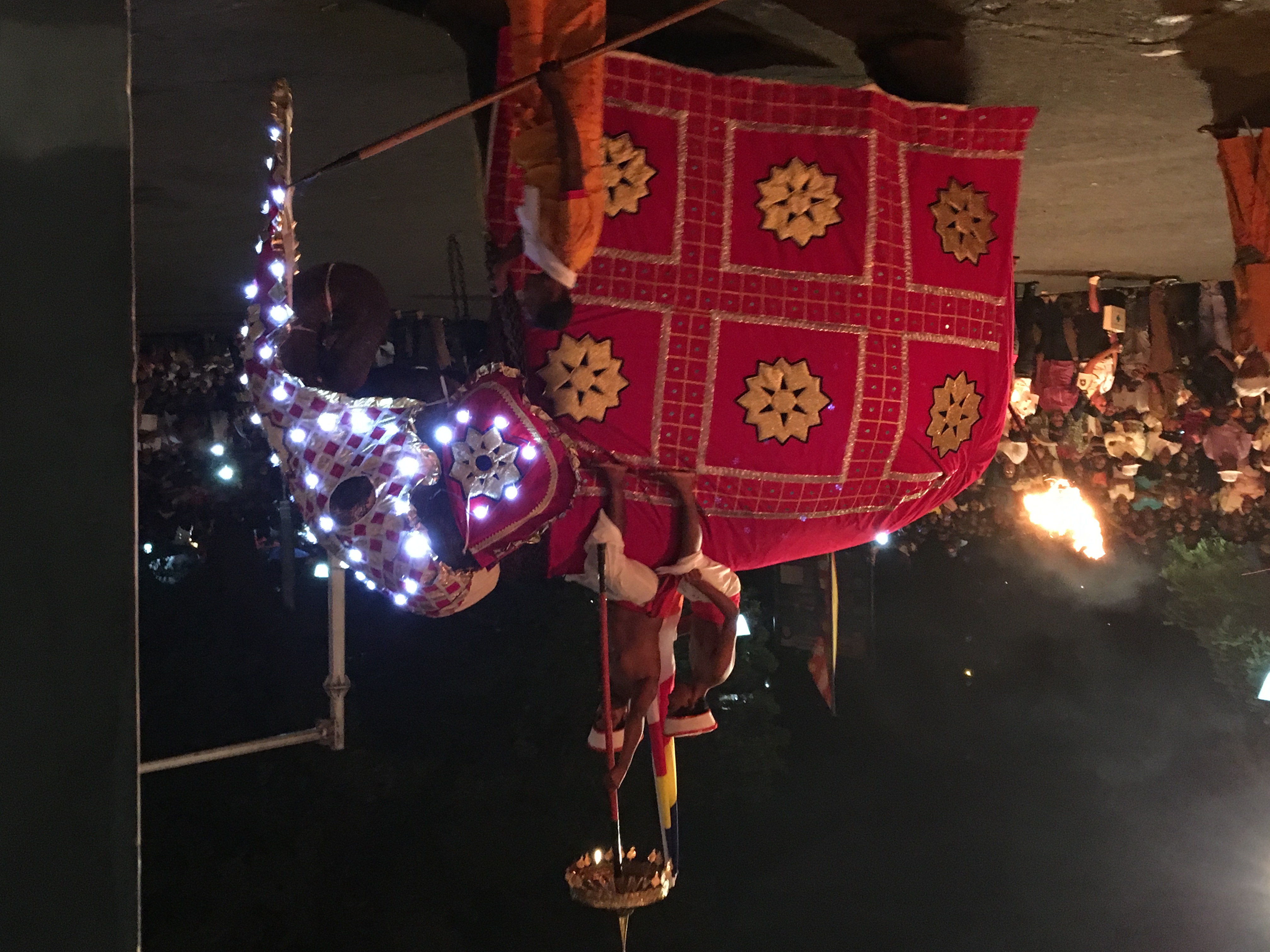
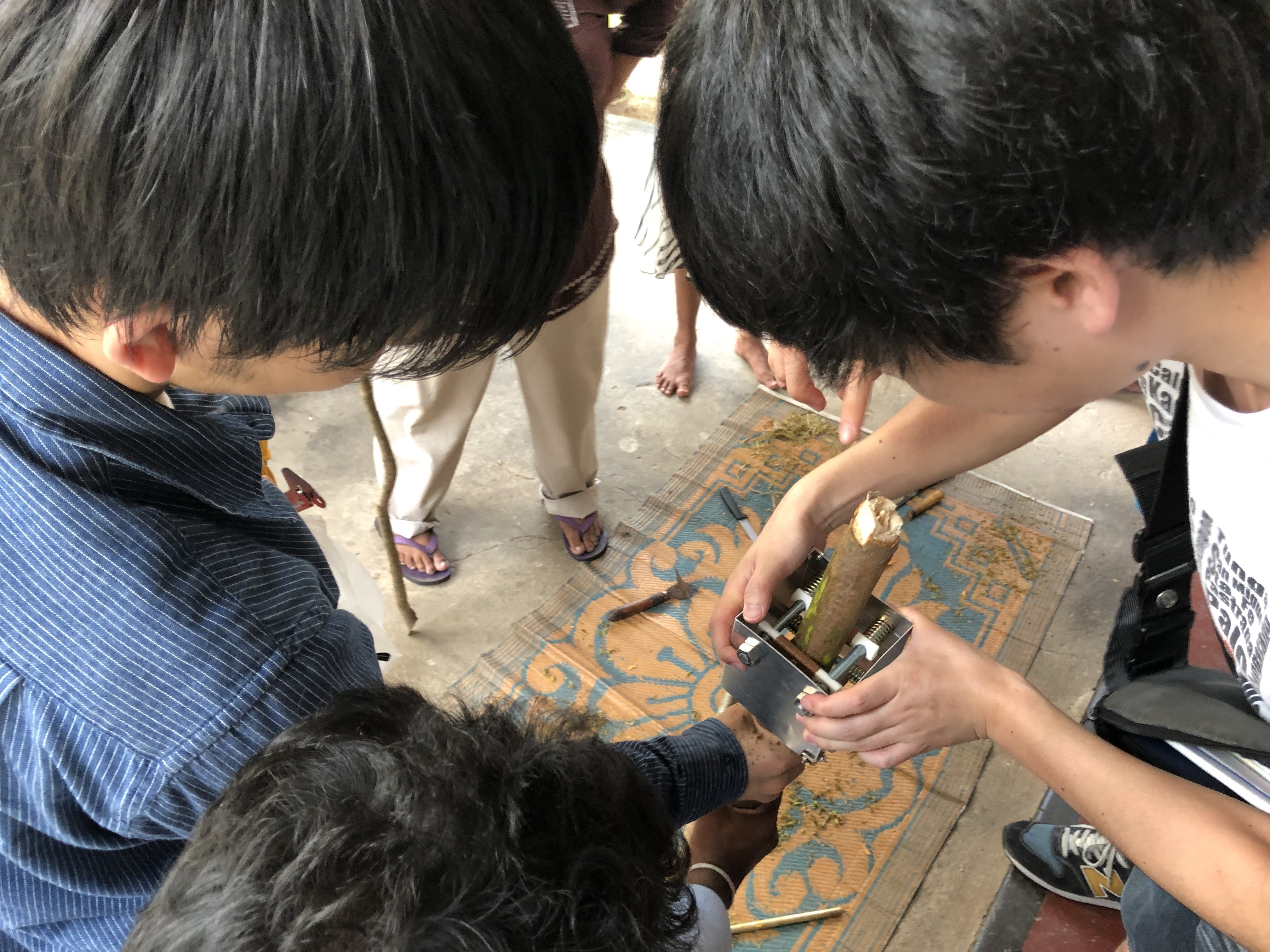
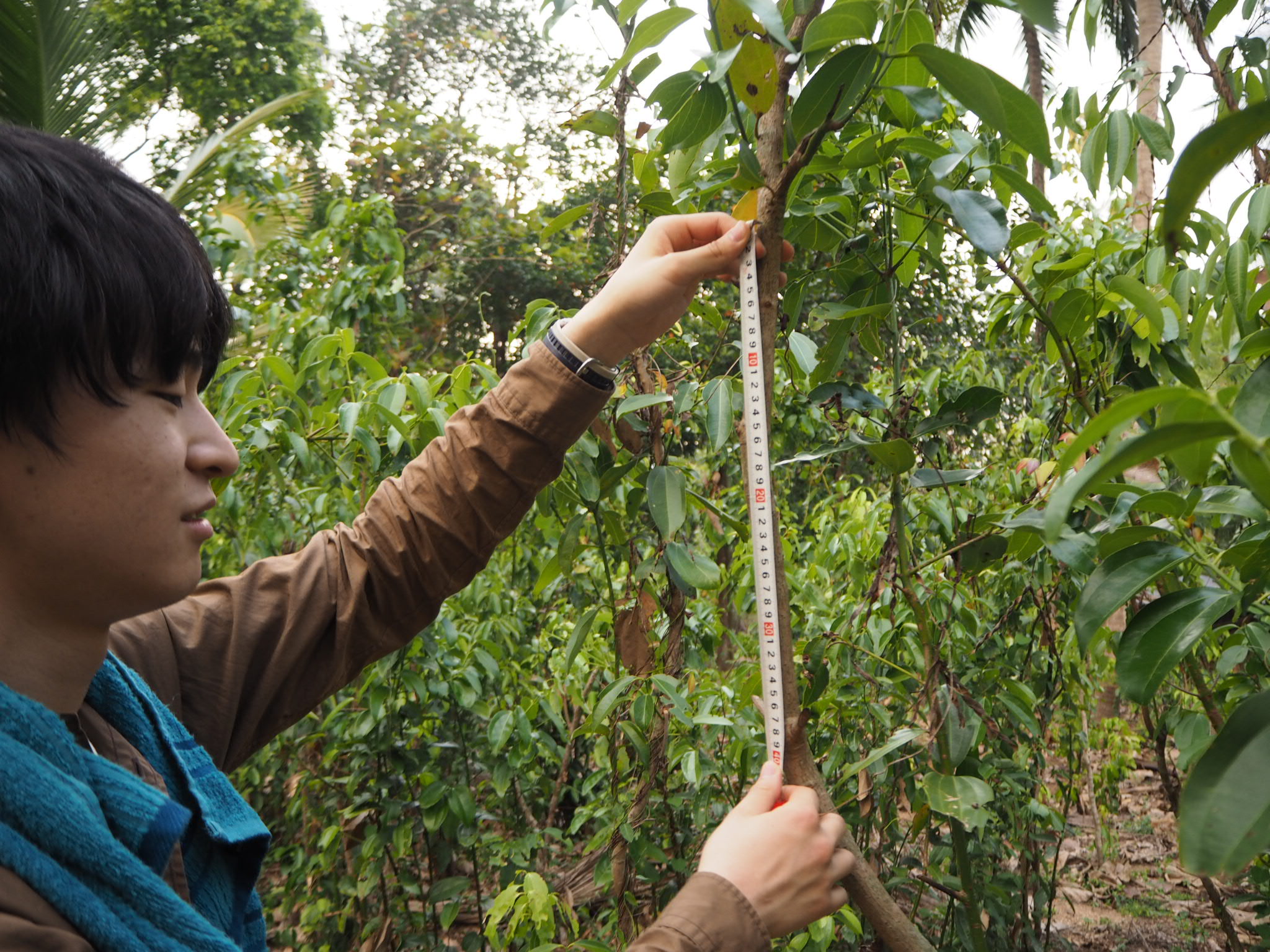
Sri Lanka means "Resplendent Island." The island in the Indian Ocean of South Asia has many attractions that we don't know. Once you visit here, you will find attractive things such as numerous World Heritage Sites represented by Sigiriya Rock, a traditional Perahera festival that conveys the culture and history of Sri Lanka to posterity, and rich food culture such as Sri Lankan curry using various spices and Ceylon tea where you can enjoy the elegant aroma and taste. By exploring Sri Lanka more, you will meet wildlife such as elephants and peacocks, or experience the cool climate and magnificent nature throughout the year. I want people in the world to know more about the attractiveness of Sri Lanka. When I visited Sri Lanka for the first time, these feelings came to me. And it gradually increased with each trip. While traveling to Sri Lanka, a Sri Lankan person said to me, "I want you to solve the problems of the cinnamon industry in Sri Lanka." By searching the industry of Ceylon cinnamon in detail, I found many outstanding points as well as several issues. The appeal of Ceylon cinnamon has been revealed one after another, such as the fact that the amount of Coumarin which is harmful to our livers is much less in Ceylon cinnamon compared to cinnamon from other countries, and that Ceylon cinnamon has a milder flavor and is used in various dishes from home cooking to sweets. At the same time, I found issues in the cinnamon processing process. By solving this problem, I would like to develop a cinnamon industry in Sri Lanka. And I would like people in the world to know more about Sri Lanka. With this in mind, the Sri Lanka Cinnamon Project was launched in 2017.
Cinnamon Processing

Ceylon cinnamon, which is known as high-grade cinnamon, is made by processing the bark of cinnamon trees. The bark of the cinnamon tree contains two layers; an outer bark and inner bark. The inner bark is dried for cinnamon sticks or crushed for cinnamon powder. Therefore, cinnamon farmers first peel the outer bark and the inner bark afterward. Usually, all cinnamon processing is done manually, which requires sophisticated skills.
Outer bark team

The Outer bark team aims to develop tools that anyone can peel an outer bark easily. In the future, we will improve time and human efficiency. Today, many farmers use a knife-like tool called a koketta to peel the outer bark. However, this work is hard and time-consuming for farmers. Therefore, improving this work has a great advantage in terms of fair trade. Our tool development has three major stages. ① Ideation stage: In this stage, we get ideas by brainstorming. By grouping ideas, we decide designs to work on. ② Visualization stage: Here, we try to visualize the idea by introducing 3D CAD or making a mock. Then, we make the tool according to the mock and 3D models. ③ Feedback stage: The fabricated tool is checked to find issues or improvements. Based on the points found here, we return to the ideation stage. We are developing tools to test in Sri Lanka by repeating these three steps for various ideas. In 2021, we mainly worked on three ideas. In addition to tool making, we discuss types of blades suitable for peeling an outer bark. We set three aims for 2022; making tools to test using Ceylon cinnamon in Sri Lanka, discussion with staffs in local university, and shipping tools to Sri Lanka for test. To achieve these goals, we are learning skills and knowledge regarding tool production as well as improving English. We will continue to prototype various tools based on the ideas created so far and on the completely new idea.
Inner bark team
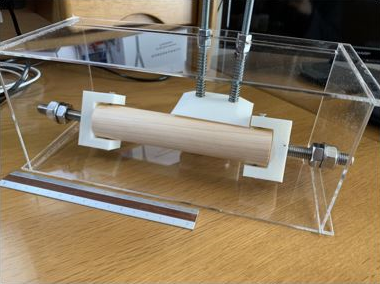
The Inner Bark team is developing tools to process the inner bark. This process is essential as it is directly linked to the product value. However, only a few experts can do it. Besides, this process is the most time-consuming in the whole processing stage. Therefore, cinnamon production will be increased drastically by introducing tools that anyone can easily use to peel the inner bark. In 2020 and 2021, it was difficult to work face-to-face due to Covid 19. Instead, we introduced online meetings and designed tools at home. We designed tools using 3D CAD software. We bought materials at a DIY store and made tools using equipment that we brought back from our club room. We also held a meeting to learn how to use 3D CAD, a flow of prototyping, and industrial design. We have completed several prototypes. And we will continue to improve them in 2022. First of all, we will test prototypes using several materials, and improve them so that the inner bark of Ceylon cinnamon can be peeled off. We also hope that new ideas will be generated through these activities. In addition, we plan to continue meetings on how to use 3D CAD and briefing sessions on cinnamon processing in Sri Lanka.
Business team
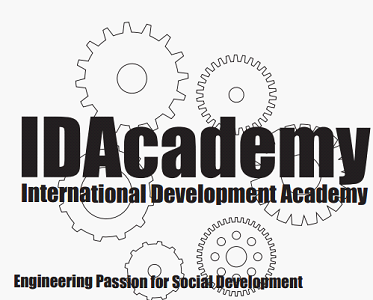
The goal of the business team is to sell the products created by the inner bark and outer bark teams to local people. To achieve this goal, we are aiming at making business plans and obtaining funds. This is a new team and we just started to learn about business. We will improve our knowledge and skills by participating in business contests for university students. In our team, we can discuss actively regardless of academic year and major. Thus, new first-year students can also play an active role. Let's try to improve your business skills together!
New Cinnamon team
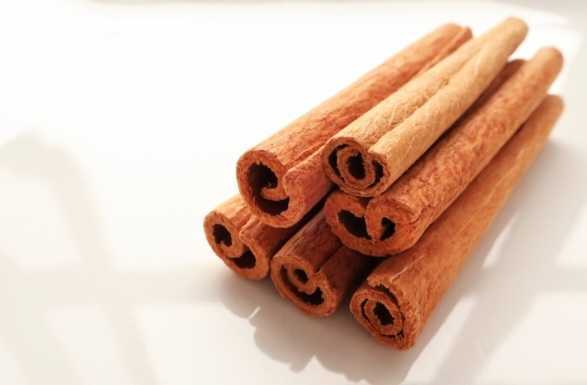
Our team is aiming at developing new valuable products using Ceylon cinnamon. One of the products we are working on is a New-cinnamon, which is a cinnamon stick made by a unique method different from conventional. The fabrication process is as follows: ① Cut cinnamon branches ② Remove an outer bark ③ Peel an inner bark roughly ④ Crash the peeled inner bark and dry ⑤ Coagulate it to be a stick form As peeling an inner bark is the most difficult part of cinnamon processing, our method will improve the efficiency of cinnamon production by skipping the inner bark peeling process. We are searching for methods to coagulate cinnamon powder referring to the production process of noodles and tablets. In 2022, we will work on new ideas with new members and improve our New-cinnamon.